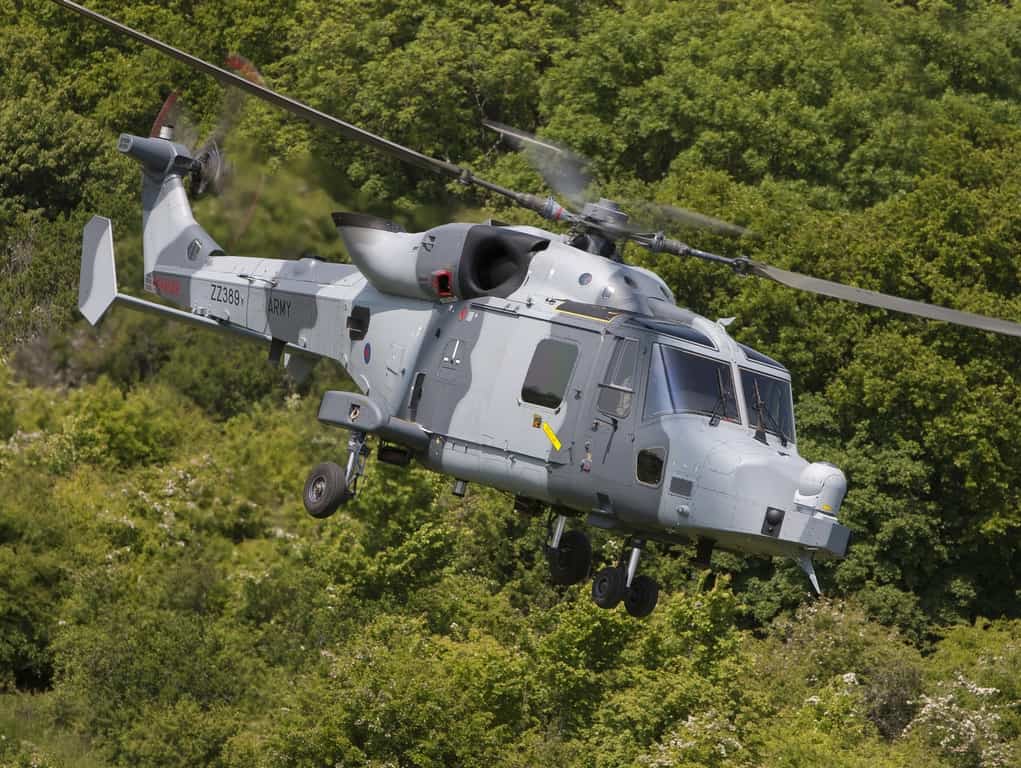
Rotor heads for helicopters are large and awkwardly shaped objects, and machining them from a forging is a challenging operation. When Leonardo Helicopters decided to bring manufacture of rotor heads in house, it turned to RK International to supply machine tools for its plant in Yeovil that was up to the task.
Leonardo produces the Lynx range of helicopters, whose rotor heads are made from forgings measuring 1.5 x 1.5m. To make the problem even more challenging, the company had to take delivery of the machine and commission it within a very tight timescale.
It selected a Comev Titano 80 machine from RK, with component trials being carried out in Italy and the machine then being dismantled, shipped to the UK and rebuilt in a tight space at Leonardo’s works.
The machine is a large one. It has an 8,700mm centre height, with a 1,600mm swing over the bed and 4m between centres. The machine weighs 18,000kg, and the machining takes place 2m from the spindle nose with the rotor head component resting in a special fixture.
To ease worries over delivery, engineering site facilities project engineer Peter O’Shea insisted on receiving photographs of the castings for the machine bed.
“While delivery was crucial, the ability of the machine to deliver on quality and consistency of parts was vital,” said David Brown, Leonardo Helicopters’ transmission and mechanical parts production engineering manager. “The raw forgings are worth many thousands of pounds, and we are adding to that value considerably during the manufacturing process. Therefore we had to be 100 per cent certain that the machine was capable of achieving what Comev and RK International had claimed it could do.” The verification process in Italy put Brown’s mind at rest, he said, but the same tests were duplicated in Yeovil once the machine was complete. The machine has since proved so successful that it has free capacity, which Leonardo is filling by transferring production from older, slower machines.










Water Sector Talent Exodus Could Cripple The Sector
My local water company is Severn Trent which has a market capitalisation of £8.2 billion, made a pre-tax profit of £200 million in 2024 and is paying...